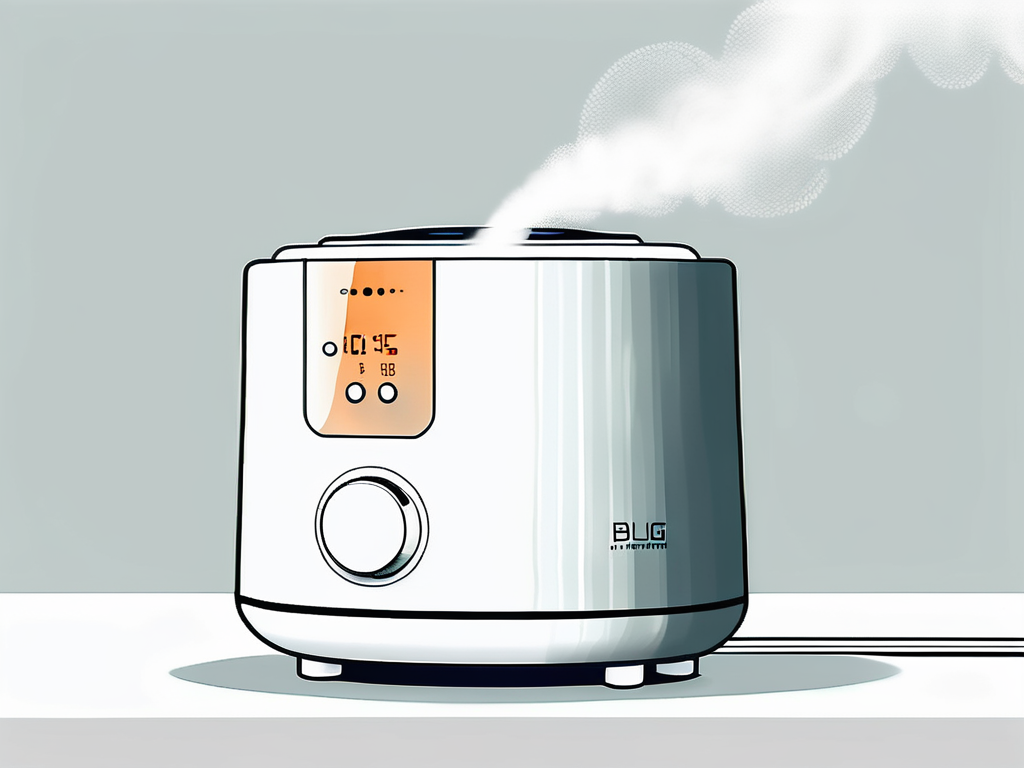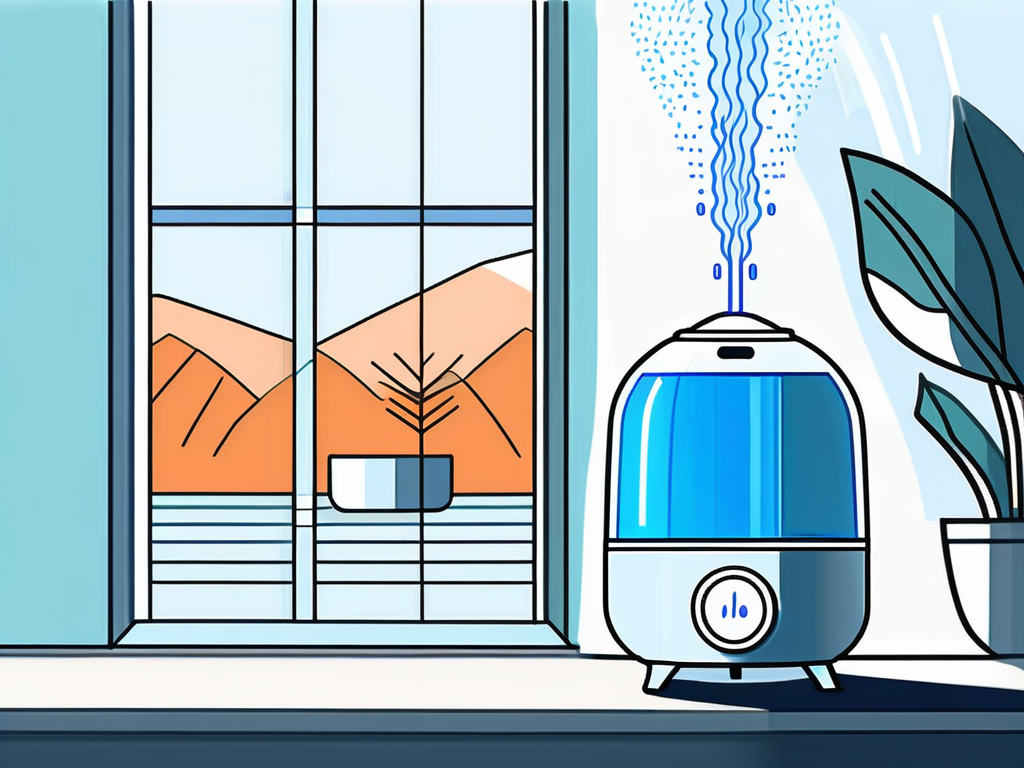Humidity is a crucial factor in various fields such as meteorology, HVAC (Heating, Ventilation, and Air Conditioning), and health sciences. It refers to the amount of water vapor present in the air. One of the key concepts in understanding humidity is ‘Absolute Humidity’. This article delves into the concept of absolute humidity and its role in humidity control.
Absolute humidity is a measure of the actual amount of water vapor in a particular sample of air: measured in grams per cubic meter. It is a crucial parameter in various applications ranging from weather forecasting to HVAC systems, and even in understanding and controlling the spread of airborne diseases.
Understanding Absolute Humidity
Absolute humidity is defined as the mass of water vapor divided by the volume of air or gas. It is a measure of the actual amount of water vapor in the air, irrespective of the air’s temperature. Unlike relative humidity, which expresses how saturated the air is with water vapor, absolute humidity quantifies the actual amount of moisture in the air.

The measurement of absolute humidity is not affected by temperature or pressure, unlike other forms of humidity measurement. This makes it a more accurate and direct method to determine the moisture content in the air. However, it is also more challenging to measure accurately, as it requires precise scientific equipment.
Importance of Absolute Humidity
Absolute humidity is important in various fields. In meteorology, it is used to predict weather patterns and phenomena. High levels of absolute humidity often indicate the possibility of precipitation, fog, or dew. In HVAC systems, controlling absolute humidity is crucial to maintain comfortable and healthy indoor air quality.
In health sciences, understanding absolute humidity is essential to control the spread of airborne diseases. Some viruses and bacteria are more likely to spread in conditions with low absolute humidity. Therefore, controlling absolute humidity in healthcare settings can help reduce the spread of infections.
Calculating Absolute Humidity
Absolute humidity can be calculated using the formula: Absolute Humidity = Mass of water vapor/Volume of air. The mass of water vapor can be measured using a hygrometer, and the volume of air is typically measured in cubic meters.
However, as mentioned earlier, measuring absolute humidity accurately can be challenging. It requires precise scientific equipment and controlled conditions. Therefore, in many practical situations, other forms of humidity measurement, such as relative humidity or dew point, are used instead.
Humidity Control
Humidity control refers to the process of maintaining the desired level of humidity in a particular environment. It is crucial in various applications, from maintaining comfortable indoor air quality in buildings to preserving the integrity of artworks in museums.

Humidity control is especially important in HVAC systems. Maintaining the right level of humidity can significantly improve the comfort and health of building occupants. It can also prevent damage to the building materials caused by either excessive moisture or dryness.
Methods of Humidity Control
There are various methods to control humidity. These include ventilation, air conditioning, use of dehumidifiers or humidifiers, and heating. The choice of method depends on the specific requirements of the situation and the level of humidity that needs to be maintained.
For instance, in a museum, a combination of air conditioning and humidifiers may be used to maintain a constant level of humidity to preserve artworks. In a residential building, ventilation and heating may be sufficient to control humidity levels.
Role of Absolute Humidity in Humidity Control
Absolute humidity plays a crucial role in humidity control. By providing a measure of the actual amount of moisture in the air, it helps determine the methods and equipment needed to maintain the desired level of humidity.
For instance, if the absolute humidity is very high, it may indicate the need for a dehumidifier to remove excess moisture from the air. On the other hand, if the absolute humidity is low, a humidifier may be needed to add moisture to the air.
Challenges in Humidity Control
While humidity control is essential for comfort and health, it also presents several challenges. These include the need for precise measurement and control, the impact of external factors such as weather, and the energy costs associated with humidity control methods.

Despite these challenges, advances in technology are making it easier to control humidity accurately and efficiently. For instance, modern HVAC systems can automatically adjust the level of humidity based on the current absolute humidity and the desired level of comfort.
Conclusion
In conclusion, absolute humidity is a crucial concept in understanding and controlling humidity. It provides a measure of the actual amount of moisture in the air, making it a key parameter in fields such as meteorology, HVAC, and health sciences.
Despite the challenges associated with measuring and controlling absolute humidity, it remains a vital tool in maintaining comfortable and healthy environments. As technology advances, we can expect even more accurate and efficient methods of humidity control in the future.




